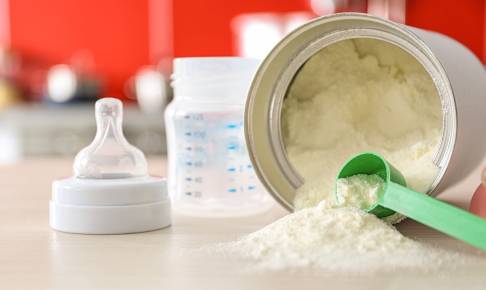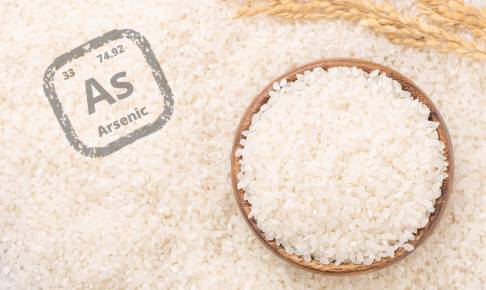FAO-WHO publish report on food safety for seaweed
The Food and Agriculture Organization (FAO) and the World Health Organization (WHO) have recently published a document identifying food safety hazards linked to the consumption of seaweed and aquatic plants, which can serve as a basis for undertaking further work in this area. The report was consolidated during a Joint FAO-WHO Expert Meeting on Seaweed Safety, which was held virtually on 28 and 29 October 2021.
The world production of seaweed has rapidly increased in the last two decades and, in the coming years, the cultivation and utilization of seaweed is expected to grow even more, becoming an important pillar of sustainable food security. It is important, therefore, to consider the food safety implications of (increased) seaweed use as food, as noted by the authors of the document.
Several chemical (heavy metals, iodine, pesticides, radionuclides, POP, allergens, biotoxins), microbiological (pathogenic bacteria, viruses, biotoxins, dinoflagellate toxins, cyanobacteria), and physical (metal pieces, glass splinters, micro- and nanoplastics, small crustaceans/invertebrates) hazards have been detected in, or are potentially associated with, seaweed.
Many factors can affect the presence of hazards in seaweed, including: the type of seaweed, the part of seaweed used, its physiology, the season in which it is produced, production waters, harvesting methods and processing. Factors such as the quality of the harvested, consumer handling practices and the form in which seaweed is consumed (raw versus cooked) can have an impact on the degree of concern these hazards can generate.
Moreover, the report highlights how legislation and guidance documents on the production and utilization of seaweed are generally still lacking. Although extensive regulations and accompanying guidance documents are available for other fishery resources, seaweed remains conspicuously left out.
FAO and WHO have worked together to develop this report to provide a basis for undertaking further work on this subject, especially the development of relevant Codex guidance.
Source:






















